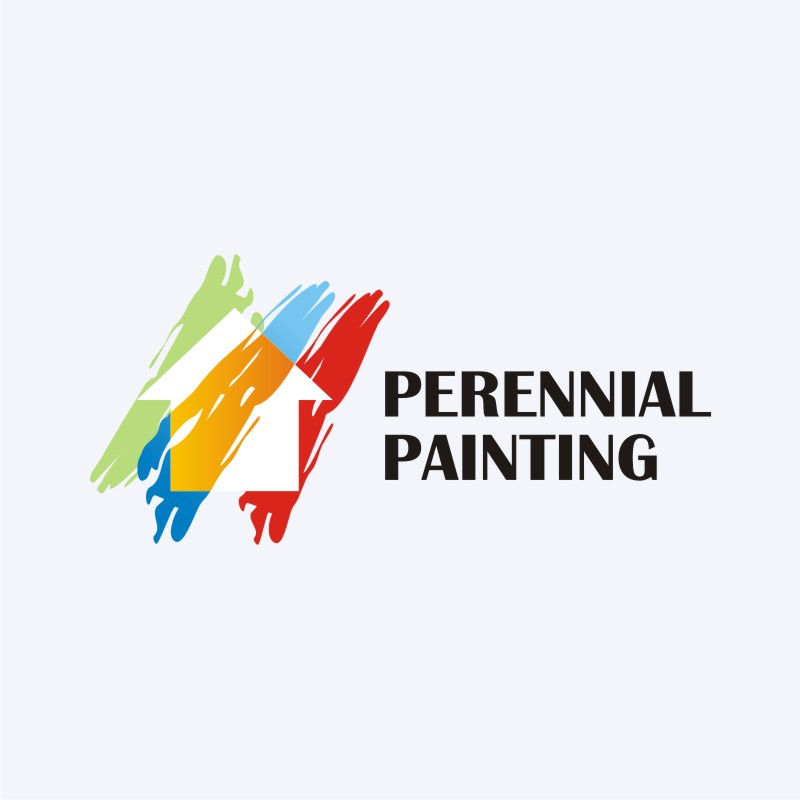Seasonal Factors In Commercial Outside Painting: Trick Insights You Must Know
Seasonal Factors In Commercial Outside Painting: Trick Insights You Must Know
Blog Article
Developed By-Korsholm Chaney
When you're intending a commercial external paint job, seasonal elements can make or damage your results. You'll intend to think about just how temperature level and moisture influence paint application and drying times. Selecting the best season can ensure your paint adheres properly and lasts much longer. But which Click In this article are really the very best for this sort of work? Allow's check out the crucial elements that can influence your project's success.
The Impact of Temperature on Paint Application
When you're planning a business exterior painting job, the temperature can substantially affect just how well the paint sticks and dries.
Preferably, you want to repaint when temperature levels vary between 50 ° F and 85 ° F. If it's too cool, the paint might not heal properly, leading to concerns like peeling or breaking.
On the flip side, if it's also warm, the paint can dry also rapidly, protecting against appropriate adhesion and causing an uneven surface.
You ought to additionally take into consideration the moment of day; morning or late afternoon uses cooler temperatures, which can be much more desirable.
Always examine the supplier's referrals for the certain paint you're using, as they frequently offer assistance on the perfect temperature range for optimum results.
Humidity and Its Result on Drying Times
Temperature level isn't the only ecological element that influences your commercial outside paint task; humidity plays a considerable function also. High moisture degrees can decrease drying times considerably, impacting the overall high quality of your paint job.
When the air is filled with dampness, the paint takes longer to heal, which can bring about concerns like bad adhesion and a higher risk of mold development. If you're painting on a particularly moist day, be prepared for extensive delay times in between layers.
It's crucial to check local climate condition and plan accordingly. Ideally, aim for humidity levels in between 40% and 70% for ideal drying.
Maintaining these factors in mind guarantees your job remains on track and delivers a lasting finish.
Best Seasons for Commercial Outside Painting Projects
What's the most effective time of year for your industrial exterior painting tasks?
https://keeganscltc.laowaiblog.com/33299329/important-inquiries-to-take-into-consideration-prior-to-selecting-home-painters and early autumn are generally your best bets. Throughout https://indoor-painters-near-me67665.bligblogging.com/34949283/establishing-the-problems-for-an-effective-paint-work-begins-with-an-essential-component-that-is-commonly-disregarded-and-it-can-greatly-impact-the-overall-end-result , temperature levels are moderate, and humidity levels are usually lower, developing perfect problems for paint application and drying out.
Stay clear of summer's intense heat, which can create paint to completely dry also rapidly, leading to inadequate bond and surface. In a similar way, winter's cool temperatures can hinder correct drying and curing, risking the long life of your paint task.
Aim for days with temperatures in between 50 ° F and 85 ° F for ideal results. Bear in mind to inspect the neighborhood weather prediction for rainfall, as damp problems can spoil your project.
Preparation around these elements guarantees your painting task runs smoothly and lasts much longer.
Final thought
Finally, preparing your business outside paint jobs around seasonal considerations can make a significant difference in the outcome. By organizing job throughout the excellent temperature levels and humidity degrees, you'll ensure better bond and drying times. Keep in mind to keep an eye on regional weather prediction and choose the right time of year-- springtime and early autumn are your best choices. Taking these steps will aid you accomplish a resilient and specialist coating that lasts.
